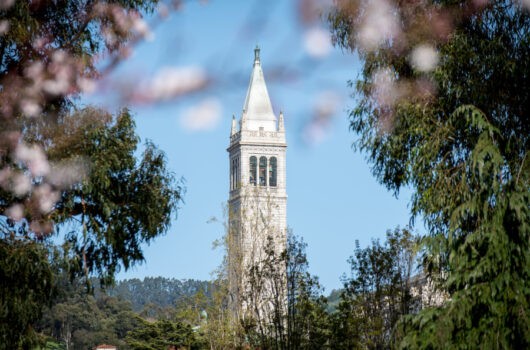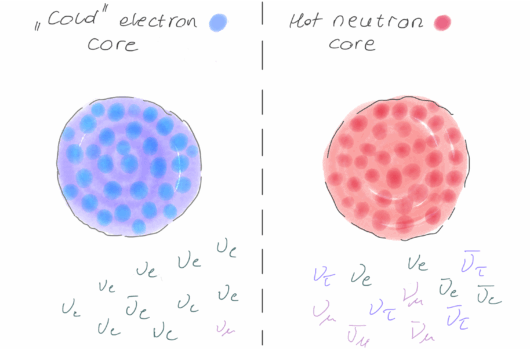Constraints on the neutron star’s maximum densities from postmerger gravitational-waves with third-generation observations
Constraints on the neutron star’s maximum densities from postmerger gravitational-waves with third-generation observations
View
Abstract
Using data from 289 numerical relativity simulations of merging binary neutron stars, we identify, for the first time, a robust quasi-universal relation connecting the postmerger peak gravitational-wave frequency and the value of the density at the center of the maximum mass nonrotating neutron star. This relation offers a new possibility for precision equation-of-state constraints with next-generation ground-based gravitational-wave interferometers. Mock Einstein Telescope observations of fiducial events indicate that Bayesian inferences can constrain the maximum density to ![]() (
(![]() confidence level) for a single signal at the minimum sensitivity threshold for a detection. If the postmerger signal is included in a full-spectrum (inspiral-merger-postmerger) analysis of such signal, the pressure-density function can be tightly constrained up to the maximum density, and the maximum neutron star mass can be measured with an accuracy better than
confidence level) for a single signal at the minimum sensitivity threshold for a detection. If the postmerger signal is included in a full-spectrum (inspiral-merger-postmerger) analysis of such signal, the pressure-density function can be tightly constrained up to the maximum density, and the maximum neutron star mass can be measured with an accuracy better than ![]() (
(![]() confidence level).
confidence level).




